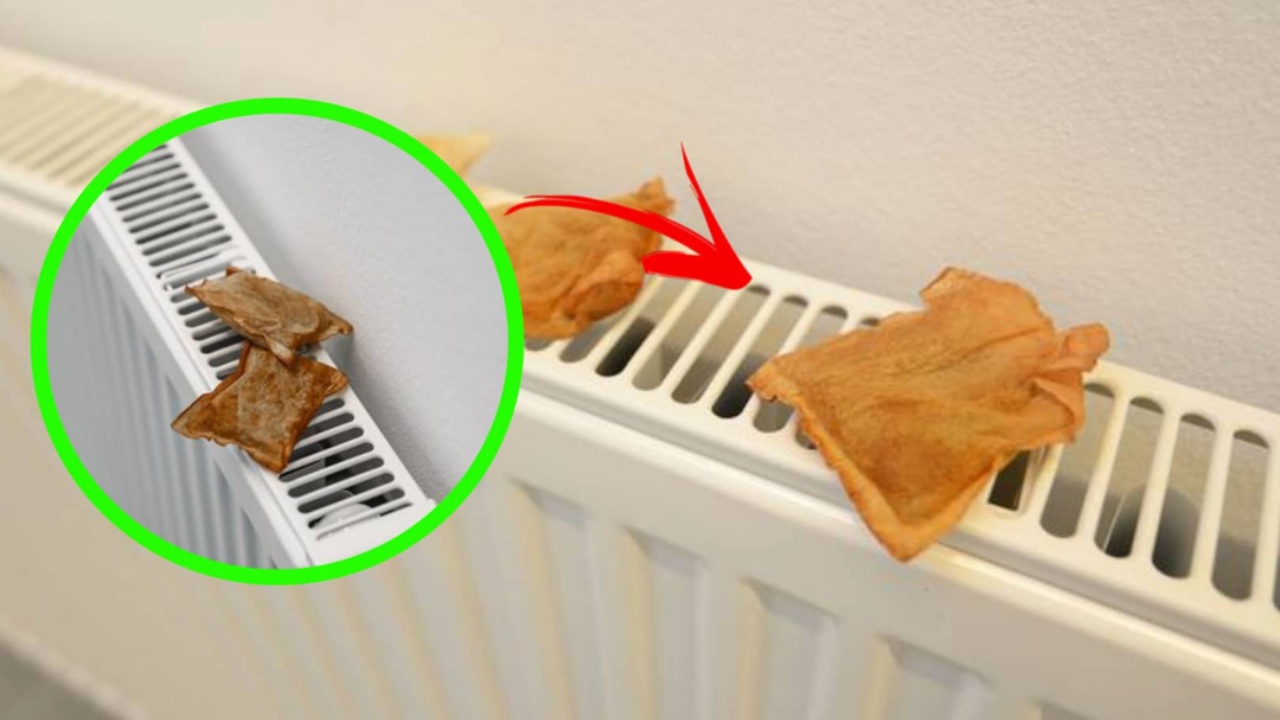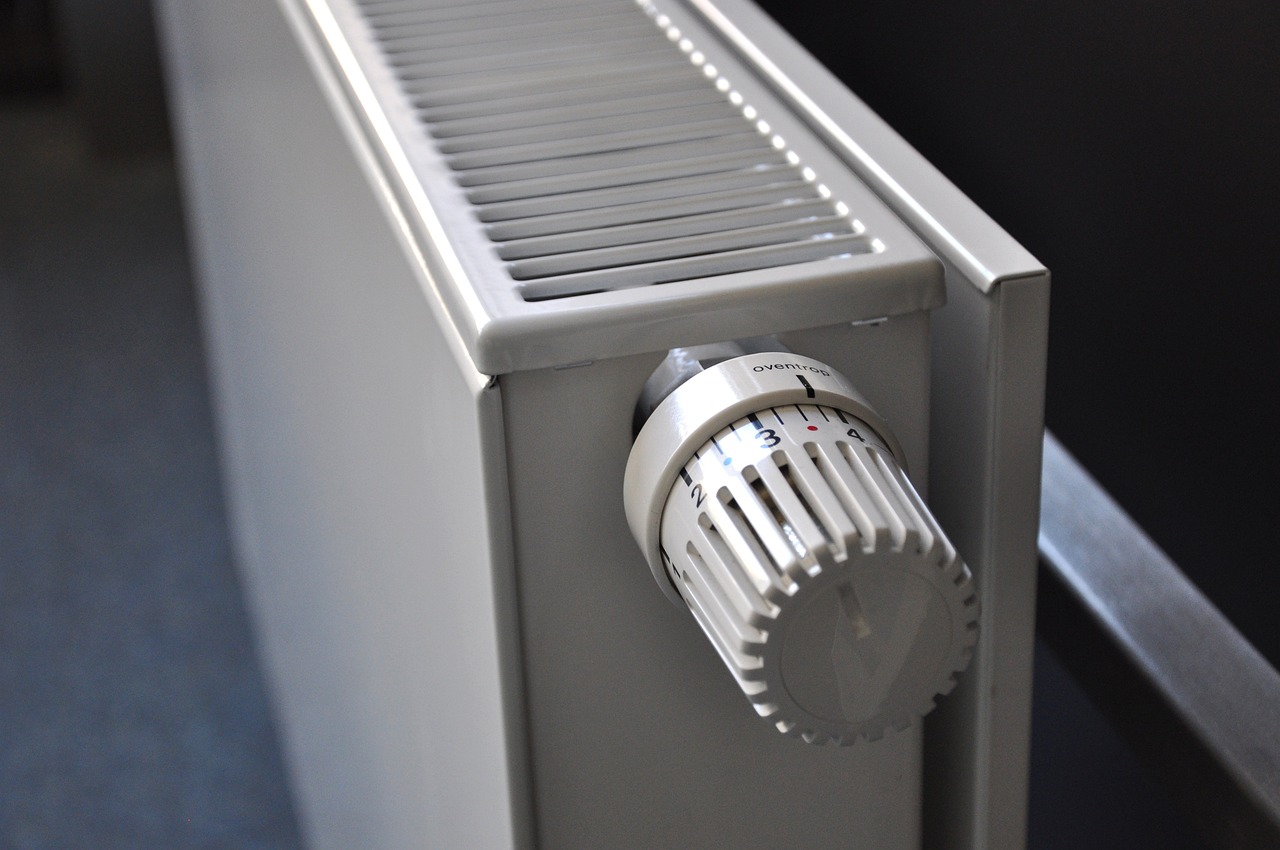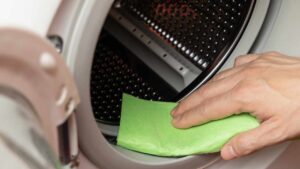How putting tea bags on the radiator can save you money – the reason may surprise you
Tea is a beverage loved by many around the world, and it can even be beneficial for our health due to its antioxidants. But this isn’t the only reason why tea is so great… those used tea bags can also be repurposed for improving the ambiance in your home.
In fact, tea bags have been known for their deodorizing properties, and can be used to keep your house free of unpleasant smells. Let’s find out how it works.

Why put tea bags on the radiator?
Thanks to the intense smell they produce, tea bags can be a fine substitute for conventional air fresheners. After you are all finished preparing your cup of tea, take the used teabags and let them dry out for a few days. After that, you can take them and store them in the typical places in the house where bad odors are found. These places can include the garage, the areas around your garbage cans, shoe racks, kitty litter boxes, carpets, and even kitchen furniture.

For example, if you want to get rid of the smells coming from a dirty carpet, all you have to do is spread the dried leaves from inside the used teabag over the carpet and just wait 15-20 minutes.
Read also: How to iron and infuse your clothes with a wonderful scent: one ingredient is all you need
Remember that you can actually bring a delightful scent to the entire house by using teabags. To make this happen, place a few teabags on all of the radiators throughout your home. As the radiators emit heat, they will also be carrying the smell from the teabags into every room in the house. By doing this, you save at the store by not having to by any scented products, and you end up getting the same effect.

Furthermore, given the vast array of different tea blends on the market, there is no lack of options for what kind of scent you can bring to your home. In the end, there is no limit to what you can experiment with, and all you have to do is use this natural and sustainable method!





